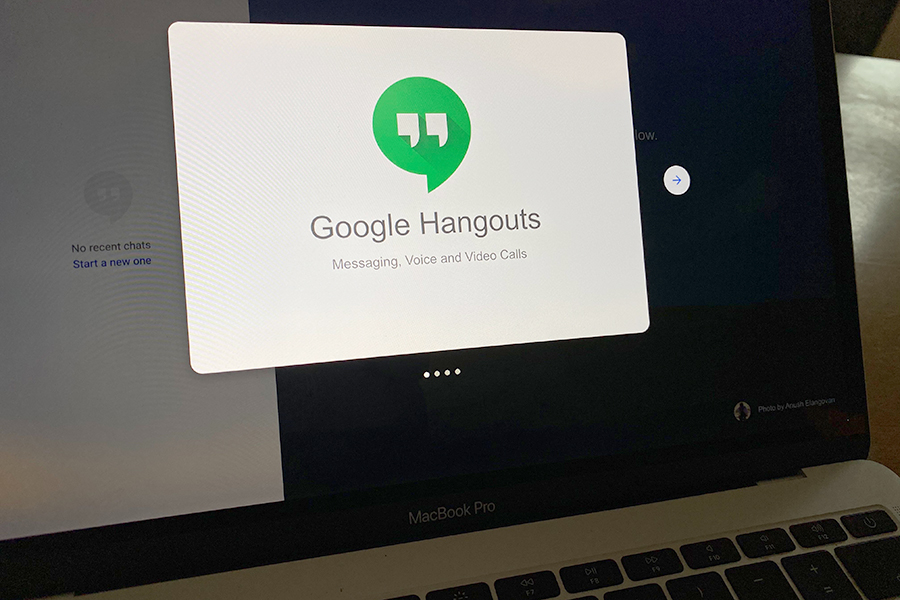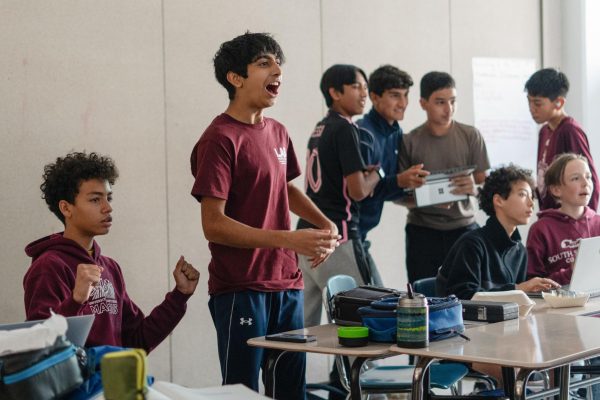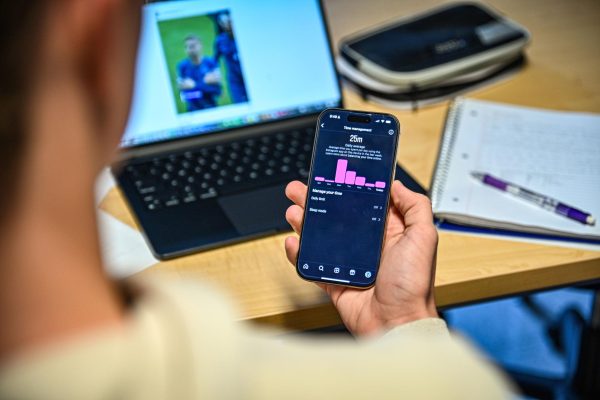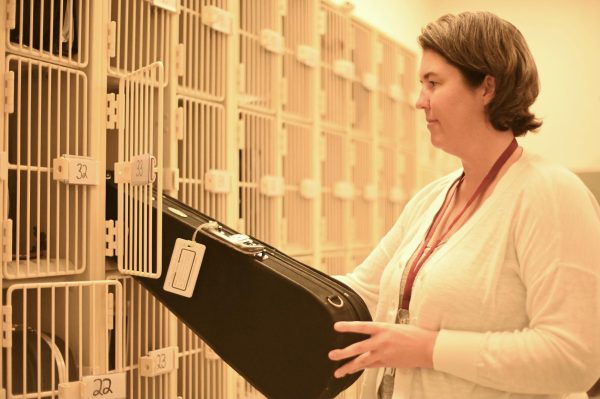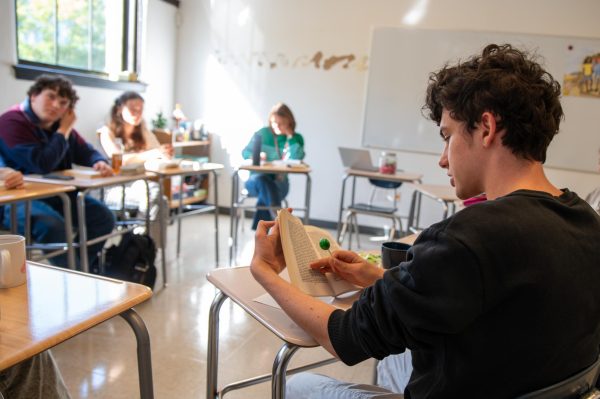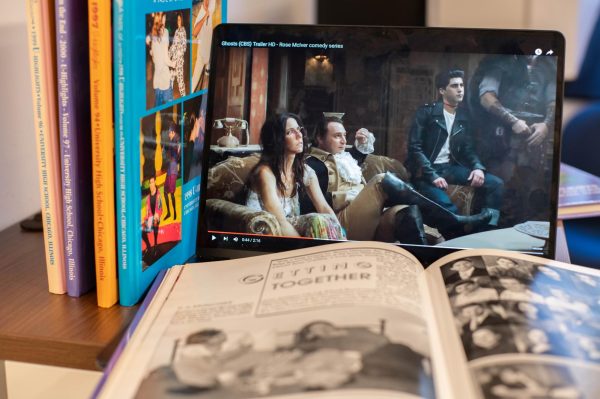Teachers, students embark on remote learning
Beginning March 30, teachers will add tools such as Google Hangouts to conduct synchronous class meetings.
Beginning March 30, U-High is going online indefinitely. U-High’s transition to remote learning due to the pandemic COVID-19 means most high school classes will continue to use Schoology or Google Forms for asynchronous aspects, such virtual discussions or assessments, while adding tools such as Zoom or Google Hangouts to conduct synchronous class meetings.
According to English chair Mark Krewatch, reading- or discussion-based English classes will continue to assign class readings at a usual pace. Readings will be accessible through Schoology.
Many class discussions will take place through Schoology’s virtual discussion feature, where the teacher sends a prompt to students, who then post individual responses.
According to Mr. Krewatch, some classes will have discussions using videoconferencing platforms like Google Hangout or Zoom, where students can see and interact with each other, as opposed to Schoology which is purely through text. Other classes are choosing to break up into smaller groups, since discussions with a full class can be hard to manage online.
According to English teacher Maja Teref, some classes will also include online lectures, either pre-recorded or delivered synchronously. Students can take notes as they would in person, and ask questions via videoconference.
Teachers are expected to have weekly “office hours” where students can expect fast replies to questions sent over email. Students and teachers can also schedule individual conferences.
Most classes are planning to use either Schoology or Google Forms as ways to conduct quizzes and other assessments, according to Ms. Teref. Assessments are expected to be open-note or open-book.
The daily bell schedule will remain unchanged, and each class is allotted the same amount of time as it was with before transitioning online. Any synchronous meetings are expected to be held during the scheduled class period. Teachers may opt for shorter meetings at the beginning of the class time to explain class assignments and answer questions, before breaking out into smaller groups or allowing students to work on assignments individually.
To prepare for the switch to remote learning, teachers have practiced using online portals themselves through various departmental or small-group Google Hangout meetings. Many teachers also used these portals with their students on the last day of in-person classes March 13, in an effort to acclimate students to the switch.
Despite the unprecedented situation, some students see some positives in the switch online.
“I’m optimistic because class online is obviously better than going into school while a virus is spreading,” Joshua Ravichandran, junior, said. “After doing some practice in class, I think it can work.”
Joshua added that in his mind, education may even improve, given that students will have more time to sleep, and that commuters will not have to spend time traveling to and from school.
According to Mr. Krewatch, while the learning situation is not ideal, he believes students and teachers will be able to work through it.
He said, “Of course, this is a totally unprecedented situation. Nobody would choose to be in a situation like this, but we can still use the resources we have at our disposal to make online learning as effective as possible.”
This story has been updated to correctly attribute the quotation to Maja Teref. The original version erroneously attributed this quote to Elizabeth Kelley.




